
-
Updating Roman Jakobson’s ‘Poetic Function’ with Vector Semantics
Read more: Updating Roman Jakobson’s ‘Poetic Function’ with Vector SemanticsKurzynski discusses how poetry extends beyond sound and rhythm and taps into a deeper network of meanings.


Kurzynski discusses how poetry extends beyond sound and rhythm and taps into a deeper network of meanings.
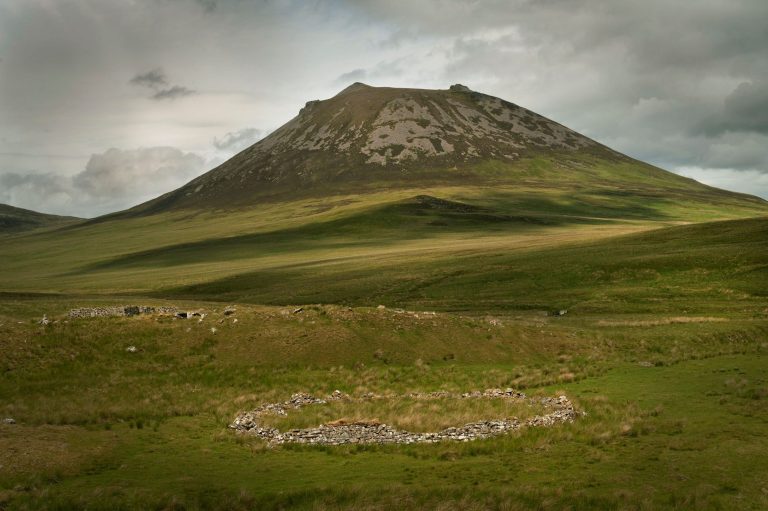
William Parente explores the challenges faced by Highland communities in the time of the Clearances
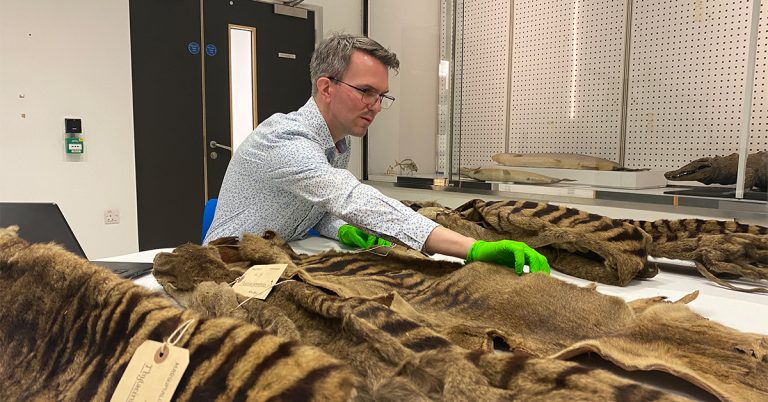
by Jack Ashby, University of Cambridge Readers are advised this article contains the names of Aboriginal people who have died, and mentions attempted genocide, violence towards and offensive language about Aboriginal peoples. We might imagine that scientists gain recognition thanks…
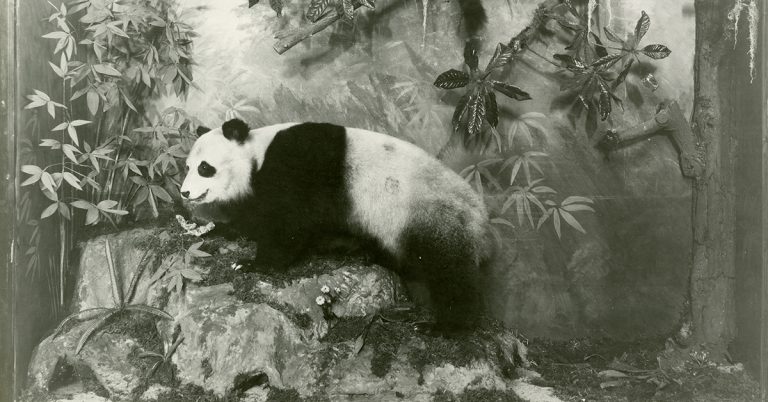
By Li-Chuan TAI In 1869, when French Lazarist Father Armand David (1826–1900) “discovered” the giant panda in Moupin, Sichuan province of Southwest China, no other Westerners had ever encountered one, and even Chinese people outside of the area had very…

By Nathan Smith How many animals can you name? How many plants? The answer to both questions is probably quite a few and, indeed, the total would probably number in the hundreds for both were you to sit down and…

By Jemma Stewart Read Part 1 and Part 2 of this blog series. Rose Roses…have ever reigned as queens of flowers.[i] The rose bloomed in Ancient Egypt, as Jack Goody attests: Above all there was the hundred-petalled rose, which became…

By Jemma Stewart Read Part 1 of this blog series. Lotus And as the voice spoke, a cold hand touched my hand … As the light came back, I gazed upon that which had been left within my hand. It…

By Jemma Stewart H. Rider Haggard’s Gothic Garden In the Gothic Studies articles ‘Blooming Marvel’ and ‘She shook her heavy tresses’, I assess the ways in which floral symbolism (or floriography) in Bram Stoker’s Dracula (1897) and H. Rider Haggard’s…
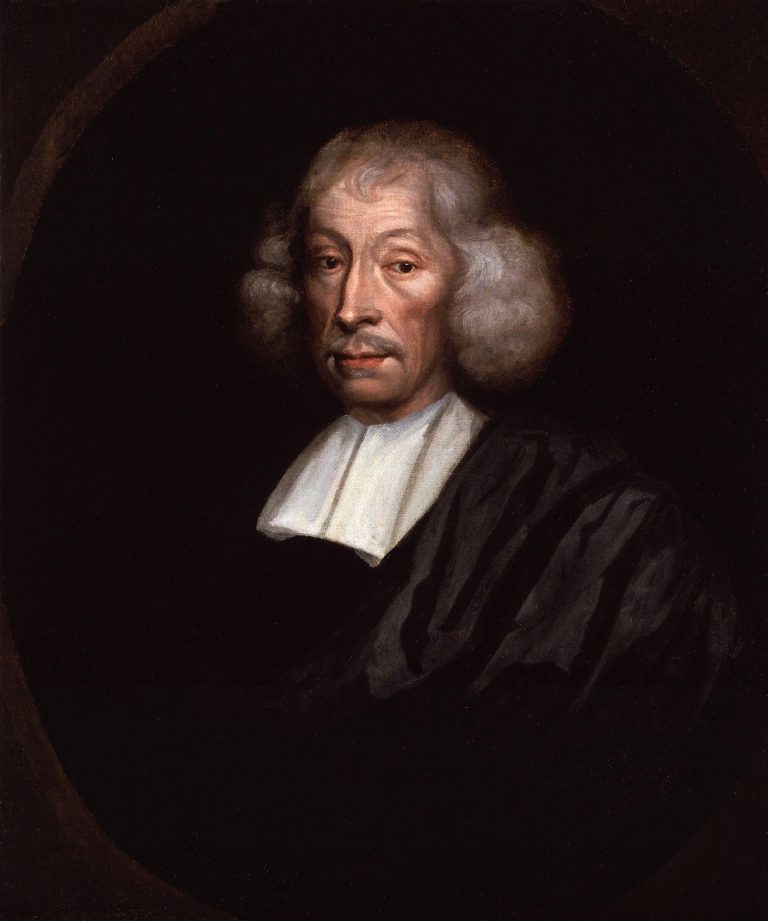
English naturalist John Ray was born in November 1627. Generally regarded as one of the earliest English parson-naturalists, he is credited as “the originator of the criterion of common parentage for conspecificity”. Ray wrote widely on botany, natural theology, taxonomy…
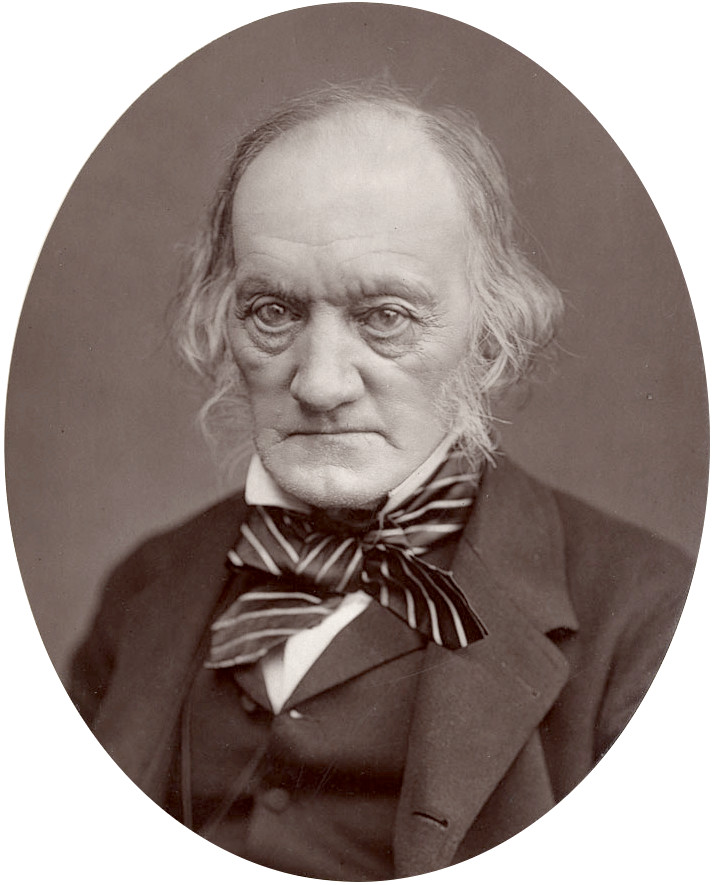
Who was Richard Owen? Richard Owen (1804–1892) is one of the most important British biologists of the nineteenth century. He made significant contributions in the field of comparative anatomy. One aspect of his scientific output continues to be overlooked, namely…